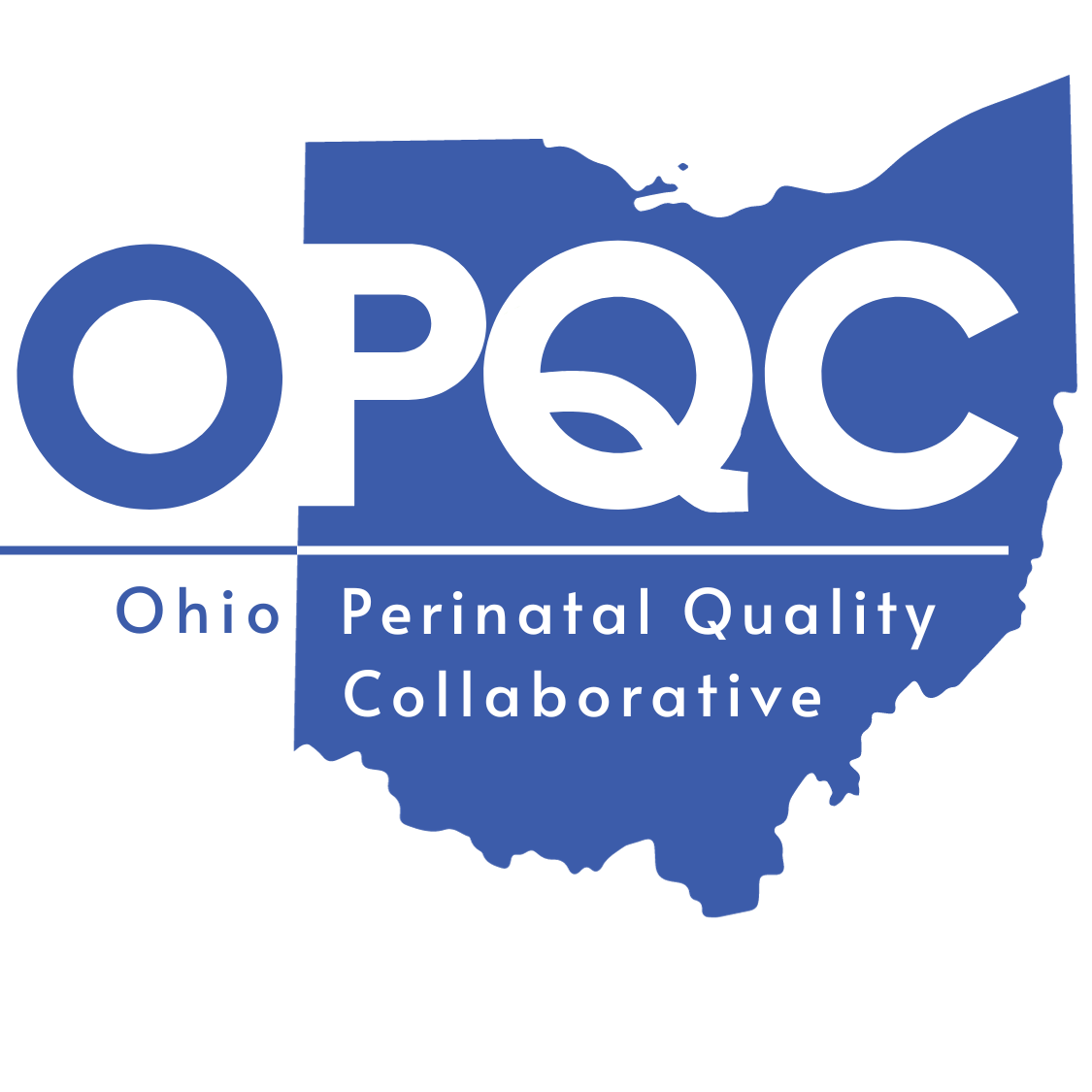
SMOKE FREE FAMILIES
PROJECT
The OPQC statewide Smoke Free Families collaborative project aimed to reduce smoking among pregnant women in order to decrease the effects of smoking on maternal and infant health.
Background
The Ohio Vital Statistics reported that in 2015 over 20% of pregnant women within the state smoked at some point during their pregnancy. Maternal smoking is a modifiable risk that can have a direct effect on birth outcome and infant mortality. Tobacco use during pregnancy can lead to increased rates of miscarriage, preterm birth, low birth weight, and birth defects. However, women who quit using tobacco before or during pregnancy can significantly decrease these risks.
The work of Ohio Smoke Free Families expanded to the Ohio Perinatal Quality Collaborative (OPQC) and the Ohio Chapter of the American Academy of Pediatrics (Ohio AAP) in 2017 to build on the accomplishments of previous tobacco cessation initiatives and expand resources and interventions for pregnant women and new mothers.
SFF uses the 5A’s Intervention strategy, an evidence-based approach in tobacco cessation efforts.
Ask – Identify and document tobacco use for every patient at every visit.
Advise – In a clear, strong, and personalized manner, urge every tobacco user to quit.
Assess – Is the tobacco user willing to make a quit attempt at this time?
Assist – For the patient willing to make a quit attempt, use counseling and pharmacotherapy to help him or her quit.
Arrange – Schedule follow up contact – in person or by telephone – within the first week after the quit date.
Participation
Maternity care practices participating in the OPQC Smoke Free Families project were provided with instruction on Motivational Interviewing techniques, education on the 5A’s and pregnancy specific smoking cessation resources to help improve smoking cessation efforts. In addition, we have adapted our data collection methods, making them more streamlined and less burdensome.

